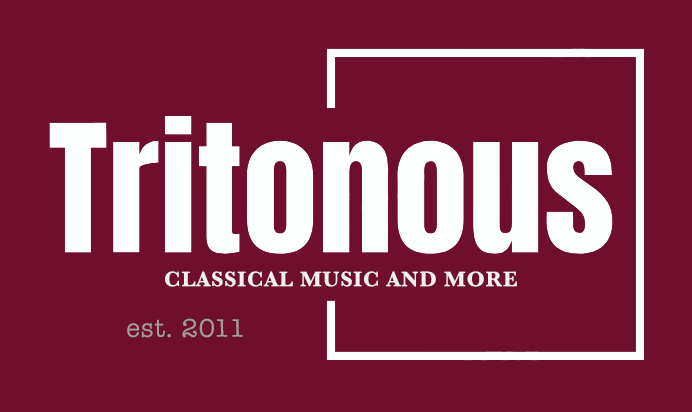Angela Hewitt’s recital brought together music variously conceived to entertain a royal patron, serve as a teaching manual, and consolidate youthful works which demonstrated a formidable keyboard technique.
At some forty minutes Brahms’s Third Piano Sonata is his most ambitious work in a genre Robert Schumann regarded as “veiled symphonies”. It requires no small degree of stamina to negotiate its Herculean demands, not least fistfuls of notes in the flamboyant opening movement. That Hewitt had the measure of its challenges was not in doubt; but her preferred choice of a Fazioli grand produced much hard-edged tone at the top of the keyboard, the music’s dynamism suitably confrontational but with little of Brahms’s maestoso. Relief from the bombast arrived in the song-like Andante, a movement described by Claudio Arrau as “the most beautiful love music after Tristan”. Beautiful it may be, here its rapt mood was in short supply, though its harmonic sidesteps were nicely articulated. Bravura was resumed in the explosive Scherzo, where Hewitt appeased its derring-do in a glowing Trio, its warmth all too soon overwhelmed by the return of thundering octaves, which in turn overshadowed the mystery of the Intermezzo. Hewitt was demonstrably more at ease in the Finale, teasing out its mercurial qualities, and bringing shape to its joyful abandon.
Earlier, she had delivered a crisp account of Bach’s B-flat Partita, the first of six such works originally published at his own expense in 1726 giving an opportunity for musicians to “refresh their spirits”. The opening Praeludium was a forthright affair, yielding to some agreeable bounce in the Allemande and nobility in the Courante. If a confiding manner never quite emerged in the Sarabande, its dignity was well caught. Nimble articulation in the hand-crossing antics of closing Giga found Hewitt in scintillating form.
The evening began with a group of (500-plus) Sonatas by Domenico Scarlatti. Mostly written for the composer’s patron and pupil, Princess Maria Barbara of Portugal, these “happy freaks” (Charles Burney) are clearly loved by Hewitt who delighted in drawing out the sly humour of Kk322 and the characterful about-turns in Kk460. Rigour and expressive variety coloured Kk417, while sparkling arpeggios caught the ear in Kk519. The set closed with welcome intimacy in Kk466, Hewitt’s delicacy of touch conjuring an ethereal atmosphere, later heard in ‘Träumerei’ from Schumann’s Kinderszenen as an encore.
The post Angela Hewitt at Turner Sims appeared first on The Classical Source.







